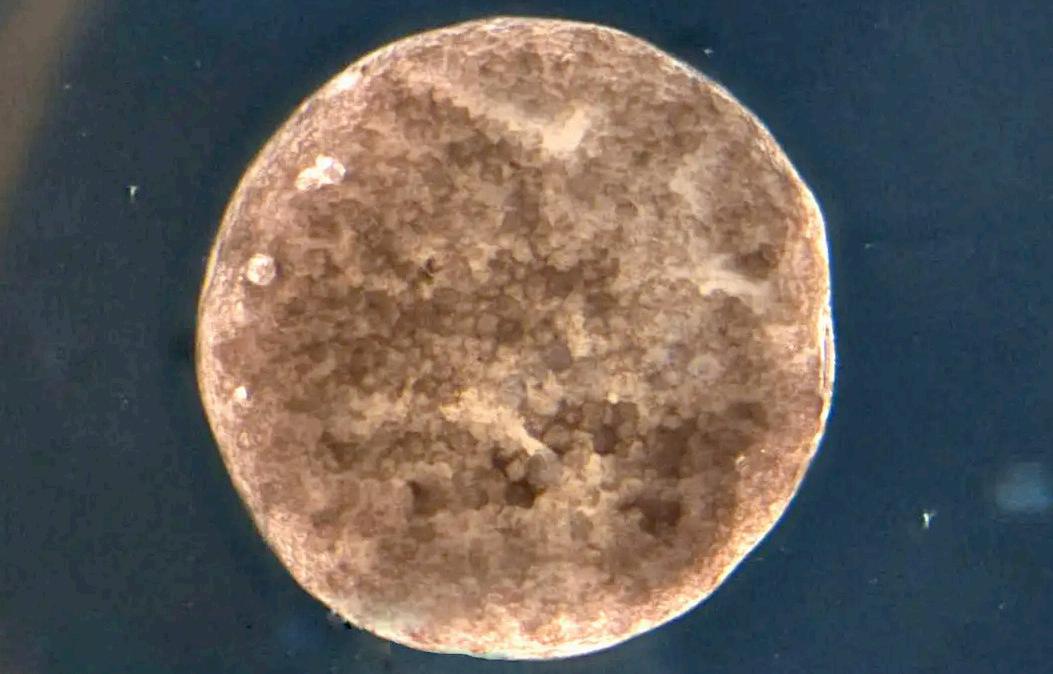
6 minute read
Science
Happy hedgehogs on campus
Image: Unspash
Advertisement
Catherine Upex
The University of Leeds’ Sustainability Team have been working tirelessly before and during the pandemic to make our campus a greener place for wildlife. Some of their previous projects include the renovation of Roger Stevens’ pond, the sustainable garden outside the Faculty of Biological Sciences Their latest endeavour focuses on accommodating one small animal in particular: hedgehogs!
You’ll all be familiar with the resident rabbits on campus, found in just about every green patch, but the campus’ hedgehogs are much more inconspicuous. They are nocturnal and naturally timid creatures so only really venture out at night. In the day, they can be found tucked away under piles of leaves & sticks or inside bushes.
Hedgehog survival is unfortunately threatened by various human activities, the biggest one being habitat loss due to farming. Hedgehogs aren’t even truly safe in gardens. You may remember being told to check for hedgehogs before setting light to hedgehogs. These animals can also fall victim to bush shearers and lawnmowers.
So who would’ve thought an urban university campus would be a hedgehog refuge? Well, the University’s Sustainability Team aim to make our campus as hospitable as possible for these tiny animals, achieving silver accreditation for a hedgehog friendly campus in the process. A team of volunteers routinely checks, maintains, and enhances campus for our resident hedgehogs, by spot an unhappy hedgehog in need of help! a “cute” animal to be the face of their work, to help draw in attention and support from the wider public. Helping to protect this “poster animal” and animal species. Also, the abundance of “poster that supports them. Therefore, to save the public’s favourite creatures, conservationists have to think about the bigger picture.
University of Leeds’ Sustainability Team is no exception. Hedgehog protection is just the tip of the iceberg of a wider biodiversity project on
campus to help reduce pollution and improve the conservation of the resident birds and bats. This project transcends Leeds, with team members collaborating with the University of Warwick and hopes to grow to an international scale, working with youth groups world-wide. So how can you get involved? The team has a Facebook group called “Biodiversity at the University of Leeds,” which is open for anyone to join and receive updates on new projects. You can also sign up to their newsletter on their website. Despite on-campus activities being restricted at the moment due to the on-going pandemic, volunteers are open to do just about anything. If you need further incentive, a certain level of involvement in the Sustainability Team even earns you an extra accreditation at the end of your degree! Future and ongoing projects involve the bold single use plastic from campus in two years’ time. With the gradual opening of lockdown, the team are volunteers on campus and hopefully we’ll begin to see more hedgehogs running around very soon!
Fast-tracked evolution or ‘frog-cell’ Frankenstein?
Pearce Curran
American researchers have produced novel lifeforms, which can be programmed to perform desired functions, using cells from the African clawed toad, Xenopus laevis. The aptly named Xenobot technology is proof of concept for increasingly sophisticated ‘biological robots’, with a treatment to cleaning up pollutants in our oceans. The experiments focused on producing lifeforms from frog skin and heart cell arrangements that could predictably move like a motor. Technicians in Vermont used an ‘evolutionary algorithm’ to cell combinations in 3D block arrangements. Then, each design was simulated in a physicsbased virtual environment to judge how well they performed a desired function – locomotion. 99 rounds of selection were carried out, and after every iteration the designs with the lowest performance ‘motor-like’ Xenobot simulations. This mimicks natural selection so well that traits present in earlier iterations of the process were no longer present by the end of the process – this process usually plays out over many millennia of evolution. arrangements of living frog cells. Scientists reared embryos and painstakingly removed, and combined, pluripotent stem cells. These presumptive cardiac cells were surgically removed and fused to the epidermal cells according to the 3D designs using tiny cauterisation equipment.
This process was not without hiccups; the computer simulations initially could not replicate real-life conditions well enough to produce working Xenobots. However, the computer software was gradually improved by a process of trial and error until Xenobot behaviour was predictable, with some moving in straight lines and spirals.
Novel lifeforms like Xenobots could be produced from human stem cells to remove plaque from regenerate organs, and even diagnose and deliver drugs to cancerous tumours. Xenobots have been shown to heal when cut manually but also have a self-limiting lifespan of around a week, becoming an inert mass of dead cells that the body can easily remove. Xenobots could be deployed to collect and dispose of pollutants in water systems including microplastics, oil, algal blooms, and radioactive contaminants. This technology potentially has a bright future but there are understandably wellfounded ethical concerns about creating these new lifeforms.

A Xenobot, made from frog skin cells (Image: The New Scientist)

US teen uses beets to beat wound infections
Phoebe Turner
At only 17 years old, Dasia Taylor has created colour-changing sutures that can detect whether a surgical wound is infected by simply using the dye from a common household vegetable: beetroots! The teen, from Iowa City, entered her project into the prestigious Regeneron Science Talent Search, guaranteeing her a prize of $25,000 and making her Human skin is naturally slightly acidic, with a pH of around 5-6, but when infected, this pH increases to that beetroot juice changes colour from a bright red at pH 5 to a dark purple at pH 9, making it an ideal natural Using cotton-polyester thread stained with beetroot infection-like pH conditions, the thread changed “smart” sutures that utilise smartphone technology to identify an infected surgical wound already already exist, such technology is only accessible in countries to implement in developing countries where there are higher rates of surgical wound infection according to this project from an equity point-of-view, to develop
Taylor is now undergoing work with microbiologists at the University of Iowa to further develop the sutures to avoid the harbouring of bacteria within the cotton thread, and turn her high school project this technology could catch surgical infections much sooner and prove lifesaving for many people across
Why are there 60 minutes in an hour?
Lara Shoemaker
The process to get to how we measure time today has evolved with civilisations over thousands of sense, such as a day being one full rotation of the Earth and a year being the time taken for the Earth to rotate once around the Sun, which takes 365 and seems a bit harder to comprehend, so here is a brief each had a purpose and there would be a change in were originally only 10 months, the remaining 60 or so days were unaccounted for until the later addition The prominence of the seven day week spread across from Roman gods, whereas others have changed to
In Christianity, Sunday as a day of rest has longbeen observed but the concept of a weekend, which also
Grouping into the base of 60 is called the sexagesimal is thought 60 was used rather than 10, for example, simply because of how many numbers are factors of in a circle as well as sundials, which is how time points in time or on a circle much easier and allowed people began observing which stars were visible at and divided into two groups of 12 based on equinox longer, albeit at a very gradual rate of 1/75,000th of that the Earth is rotating around the Sun faster than
Recetly, there has been increased support for a being implemented in several countries, such as the It is thought that a reduced week is actually more







